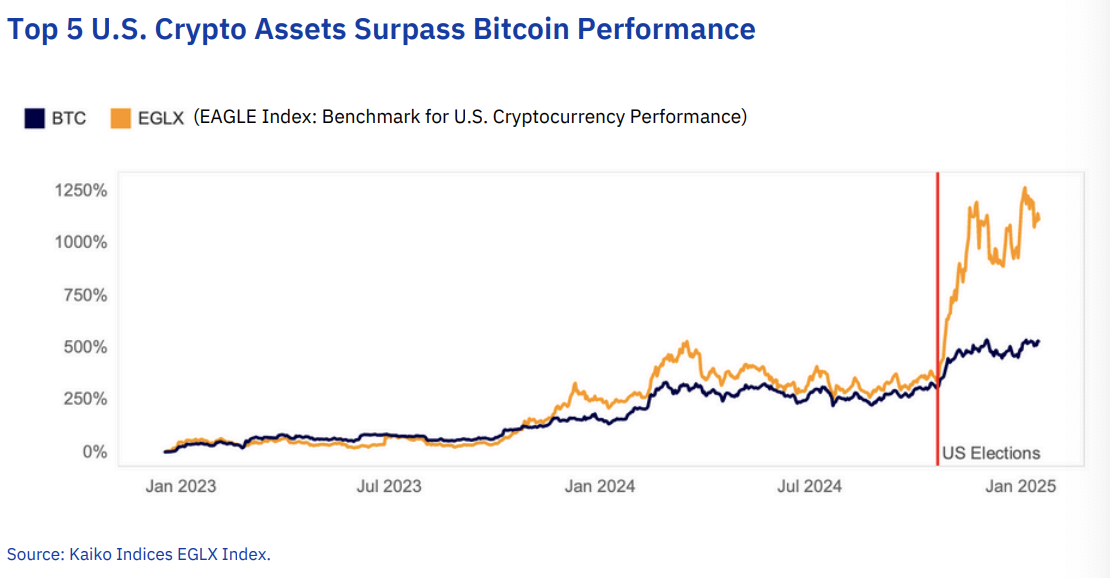SEC’s New Stablecoin Guidelines Spark Debate: Crenshaw Critiques While Crypto Industry Sees Potential Progress for USD-Stablecoins
-
The SEC’s newly released stablecoin guidelines have sparked significant debate, with one commissioner raising concerns about their implications for market risks.
-
While many industry insiders view the SEC’s changes as positive, criticism from SEC Commissioner Caroline Crenshaw highlights ongoing tensions between regulatory bodies and the crypto sector.
-
“The issuer’s overall financial health and solvency cannot be judged by the value of its reserve,” Crenshaw emphasized, citing potential risks for stablecoin investors.
The SEC’s stablecoin guidelines draw mixed reactions; Commissioner Crenshaw criticizes the risks while others in crypto see positive changes for the market.
Crenshaw Disagrees, Crypto Industry Applauds
Under the new SEC guidelines, stablecoins that meet specified criteria are now classified as non-securities and are exempt from certain transaction reporting stipulations. This marks a pivotal moment for the stablecoin market.
Commissioner Crenshaw rebuffed the SEC’s rationale used to arrive at this conclusion, contesting the notion of issuer interventions that purportedly stabilize prices. Her skepticism stems from a belief that the agency has inaccurately presented the conditions of the USD-stablecoin landscape.
The SEC’s Position Versus Industry Sentiment
While the SEC maintains that “some USD-stablecoins are available to retail purchasers only through an intermediary,” Crenshaw asserts that this representation is misleading. “It is the general rule, not the exception, that these coins are available to the retail public only through intermediaries who sell them on the secondary market,” she stated. This underscores a key concern about how readily accessible stablecoins are to everyday investors.
Concerns Over Stability and Risk Assessment
Crenshaw further expressed concerns regarding the SEC’s assurance of stablecoin issuers maintaining adequate reserves to cover unlimited redemption requests. She articulated, “The issuer’s overall financial health and solvency cannot be judged by the value of its reserve.” Her critique indicates a deeper intricacy within the financial health of stablecoin issuers, which may not be immediately evident to investors.
Disclaimer: The content of this article solely reflects the author's opinion and does not represent the platform in any capacity. This article is not intended to serve as a reference for making investment decisions.
You may also like
Altcoin volumes are ‘more concentrated’ than ever
Altcoin trade volume has returned to pre-FTX levels, but with a shrinking pool of market leaders

XRP price sell-off set to accelerate in April as inverse cup and handle hints at 25% decline
US Treasury Targets Houthi Crypto Wallets, Financial Network
Securitize Reports Highest-Ever Dividend of $4.17 Million for Tokenized Treasury Product
